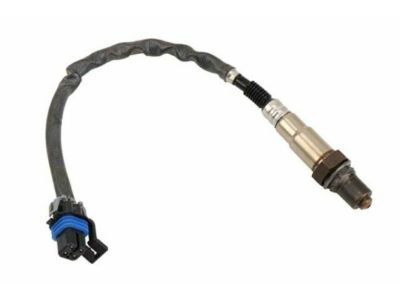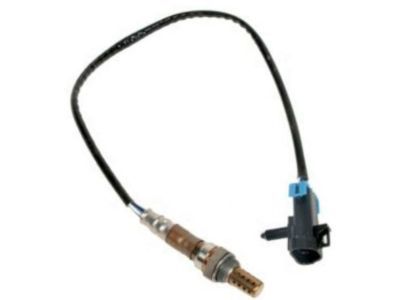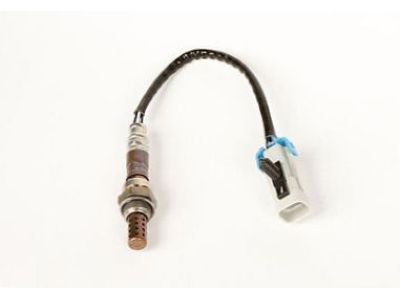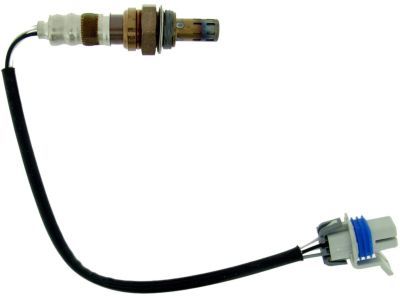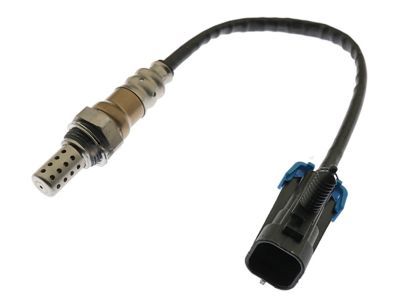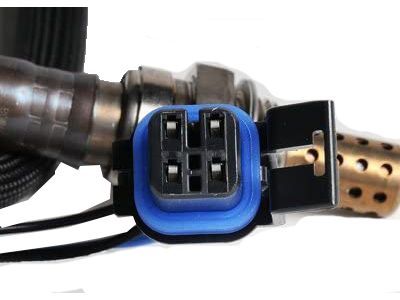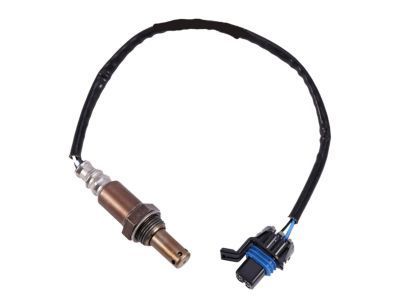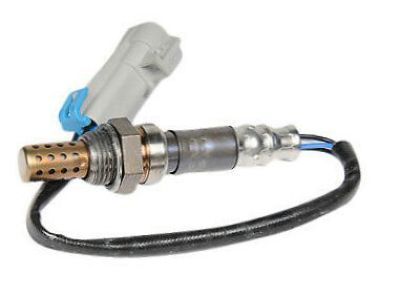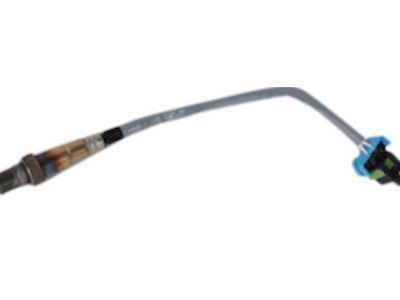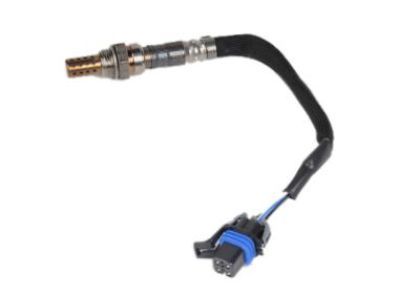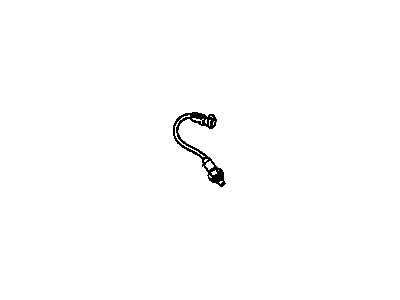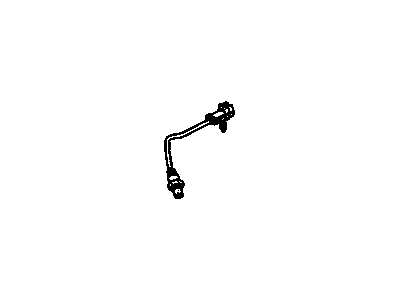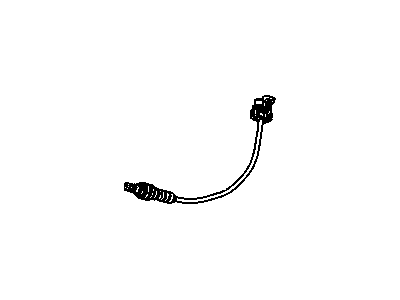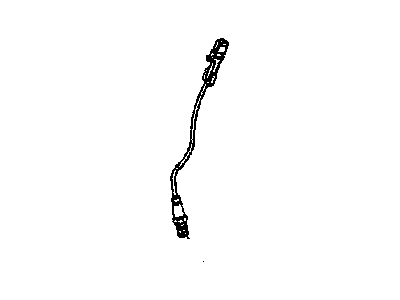My Garage
My Account
Cart
Genuine Chevrolet Impala Oxygen Sensor
Oxygen O2 Sensor- Select Vehicle by Model
- Select Vehicle by VIN
Select Vehicle by Model
orMake
Model
Year
Select Vehicle by VIN
For the most accurate results, select vehicle by your VIN (Vehicle Identification Number).
20 Oxygen Sensors found
Chevrolet Impala Sensor Assembly, Heated Oxygen (Pre, Cataly
Part Number: 12640453$49.91 MSRP: $103.62You Save: $53.71 (52%)Ships in 1-2 Business DaysChevrolet Impala Sensor Assembly, Heated Oxygen (Position 1)
Part Number: 12616502$78.37 MSRP: $162.72You Save: $84.35 (52%)Ships in 1-2 Business DaysChevrolet Impala Sensor,Heated Oxygen
Part Number: 12559850$57.50 MSRP: $119.40You Save: $61.90 (52%)Ships in 1-2 Business DaysChevrolet Impala Sensor Asm,Heated Oxygen (Position 2)
Part Number: 19209807$85.87 MSRP: $178.30You Save: $92.43 (52%)Ships in 1-2 Business DaysChevrolet Impala Sensor Asm,Heated Oxygen (Position 1)
Part Number: 19209814$56.40 MSRP: $117.12You Save: $60.72 (52%)Ships in 1-2 Business DaysChevrolet Impala Sensor Assembly, Heated Oxygen (Position 2)
Part Number: 12608662$64.44 MSRP: $121.58You Save: $57.14 (47%)Ships in 1-2 Business DaysChevrolet Impala Sensor Asm,Heated Oxygen
Part Number: 19178958$60.51 MSRP: $125.66You Save: $65.15 (52%)Ships in 1-2 Business DaysChevrolet Impala Sensor Asm,Heated Oxygen
Part Number: 19178930$61.22 MSRP: $127.12You Save: $65.90 (52%)Ships in 1-2 Business DaysChevrolet Impala Sensor Assembly, Heated Oxygen (Position 1)
Part Number: 12580466$70.86 MSRP: $133.71You Save: $62.85 (47%)Ships in 1-2 Business DaysChevrolet Impala Sensor Assembly, Heated Oxygen (Position 1)
Part Number: 12590789$33.90 MSRP: $109.07You Save: $75.17 (69%)Ships in 1-2 Business DaysChevrolet Impala Sensor Assembly, Heated Oxygen (Pre, Cataly
Part Number: 12634061$47.74 MSRP: $90.08You Save: $42.34 (47%)Ships in 1-2 Business DaysChevrolet Impala Sensor Assembly, Heated Oxygen (Pre, Catalyst B2S1)
Part Number: 12643707$44.51 MSRP: $69.20You Save: $24.69 (36%)Ships in 1-2 Business DaysChevrolet Impala Sensor Asm,Heated Oxygen
Part Number: 19178747$83.52 MSRP: $151.86You Save: $68.34 (45%)Ships in 1-2 Business DaysChevrolet Impala Sensor,Exhaust Oxygen
Part Number: 19211437$17.75 MSRP: $33.26You Save: $15.51 (47%)Chevrolet Impala Sensor Assembly, Heated Oxygen (Post, Catalyst Bank 1 Sensor 2)
Part Number: 12661898$60.33 MSRP: $125.29You Save: $64.96 (52%)Ships in 1-3 Business DaysChevrolet Impala Sensor Assembly, Heated Oxygen (Position 1)
Part Number: 12584925$85.81 MSRP: $161.89You Save: $76.08 (47%)Ships in 1-2 Business DaysChevrolet Impala Sensor Assembly, Heated Oxygen (Post, Catalyst Bank 1
Part Number: 12656543$90.03 MSRP: $186.94You Save: $96.91 (52%)Ships in 1-2 Business DaysChevrolet Impala Sensor Assembly, Heated Oxygen (Position 2)
Part Number: 12615124$99.08 MSRP: $186.94You Save: $87.86 (47%)Ships in 1-2 Business DaysChevrolet Impala Sensor Asm,Oxygen
Part Number: 25176705$17.28 MSRP: $212.15You Save: $194.87 (92%)Ships in 1-2 Business Days
Chevrolet Impala Oxygen Sensor
The Oxygen Sensor in Chevrolet Impala vehicles helps in regulating the air-fuel mixture with a view of decreasing on emission and increase in the engine performance level. Due to it being able to get samples of the oxygen level within the exhaust gases that the engine is putting out, the sensor gets to feed real time information to the engine control module/ECM. One of the high-tech components is used to sustain these factors to keep the combustion process efficient and emissions in check. Chevrolet Impala Oxygen Sensors are mainly of the heated category to facilitate a faster response for proper functioning. The technologies used in these sensors are include zirconia and electrochemical methods among others from previous years. Oxygen Sensor can cause high emission, high fuel consumption and unstable engine performance if there is a failure. This component should regularly be maintained and checked to guarantee the proper running of the vehicle.
Each OEM Chevrolet Impala Oxygen Sensor we offer is competitively priced and comes with the assurance of the manufacturer's warranty for the part. Furthermore, we guarantee the speedy delivery of your orders right to your doorstep. Our hassle-free return policy is also in place for your peace of mind.
Chevrolet Impala Oxygen Sensor Parts Questions & Experts Answers
- Q: What is the purpose and process of servicing an oxygen sensor on Chevrolet Impala?A: An oxygen sensor is a galvanic battery that produces a small voltage output in response to the amount of oxygen in the exhaust gases. This voltage signal is the input side of the feedback loop between the oxygen sensor and the Powertrain Control Module (PCM). Without it, the PCM would be unable to correct the injector on-time to maintain the perfect air/fuel ratio of 14.7:1 that the catalyst needs for optimal operation. All vehicles have On-Board Diagnostics II (OBD-11) engine management systems, which use an oxygen sensor ahead of the Catalytic Converter and another oxygen sensor behind the catalytic converter to verify the accuracy of the feedback loop. The models have two heated oxygen sensors: one upstream sensor located on the rear exhaust manifold and a downstream sensor located under the vehicle, behind the catalytic converter. Both sensors are heated to speed up warm-up time. When servicing a sensor, special care must be taken to avoid damaging the pigtail or electrical connector, keeping contaminants away, and not using cleaning solvents. Oxygen sensors are delicate and should not be dropped or handled roughly. The silicone boot on the sensor must be installed correctly to prevent melting. When replacing the upstream oxygen sensor, the ignition coil assembly may need to be removed for better access. The sensor can be unscrewed using an oxygen sensor socket, and if reusing the old sensor, anti-seize compound should be applied to the threads. The installation process is the reverse of removal. For the downstream oxygen sensor, the vehicle must be raised and securely placed on jackstands. The sensor can be located and disconnected, then unscrewed using an oxygen sensor socket. Again, if reusing the old sensor, anti-seize compound should be applied to the threads. The installation process is the reverse of removal.
Related Chevrolet Impala Parts
Browse by Year
2020 Oxygen Sensor 2019 Oxygen Sensor 2018 Oxygen Sensor 2017 Oxygen Sensor 2016 Oxygen Sensor 2015 Oxygen Sensor 2014 Oxygen Sensor 2013 Oxygen Sensor 2012 Oxygen Sensor 2011 Oxygen Sensor 2010 Oxygen Sensor 2009 Oxygen Sensor 2008 Oxygen Sensor 2007 Oxygen Sensor 2006 Oxygen Sensor 2005 Oxygen Sensor 2004 Oxygen Sensor 2003 Oxygen Sensor 2002 Oxygen Sensor 2001 Oxygen Sensor 2000 Oxygen Sensor 1996 Oxygen Sensor 1995 Oxygen Sensor 1994 Oxygen Sensor 1985 Oxygen Sensor 1984 Oxygen Sensor 1983 Oxygen Sensor 1982 Oxygen Sensor

